<--- Back to Details
| First Page | Document Content | |
|---|---|---|
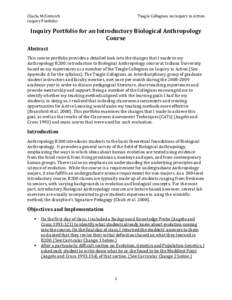 Date: 2011-11-09 09:55:32Educational practices Educational psychology Neanderthal Stone Age Europe Classroom Assessment Techniques Human evolution Anthropology Active learning Curriculum Student rights in higher education |
Add to Reading List |
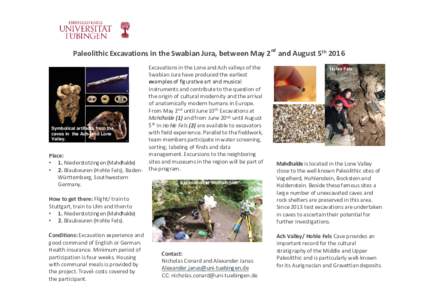 | Microsoft PowerPoint - Announcement_Excavation_2015_allgemeinDocID: 1rq39 - View Document |
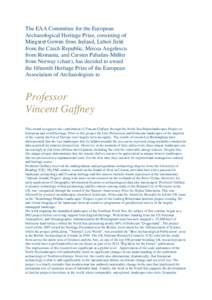 | The EAA Committee for the European Archaeological Heritage Prize, consisting of Margaret Gowen from Ireland, Luboš Jiráň from the Czech Republic, Mircea Angelescu from Romania, and Carsten Paludan-Müller from NorwayDocID: 1r2O1 - View Document |
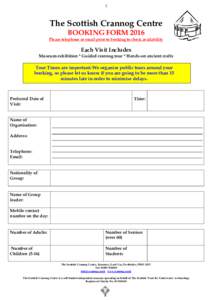 | 1 The Scottish Crannog Centre BOOKING FORM 2016 Please telephone or email prior to booking to check availabilityDocID: 1r1a2 - View Document |
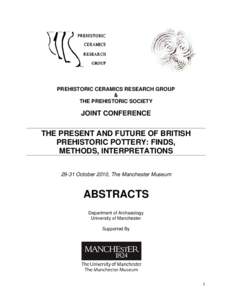 | Microsoft Word - Abstracts 2010.docDocID: 1qPoE - View Document |
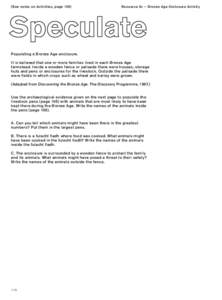 | (See notes on Activities, pageResource 5c – Bronze Age Enclosure Activity Populating a Bronze Age enclosure. It is believed that one or more families lived in each Bronze AgeDocID: 1qOxT - View Document |
 Charla McCormick Inquiry Portfolio Teagle Collegium on Inquiry in Action Inquiry Portfolio for an Introductory Biological Anthropology
Charla McCormick Inquiry Portfolio Teagle Collegium on Inquiry in Action Inquiry Portfolio for an Introductory Biological Anthropology